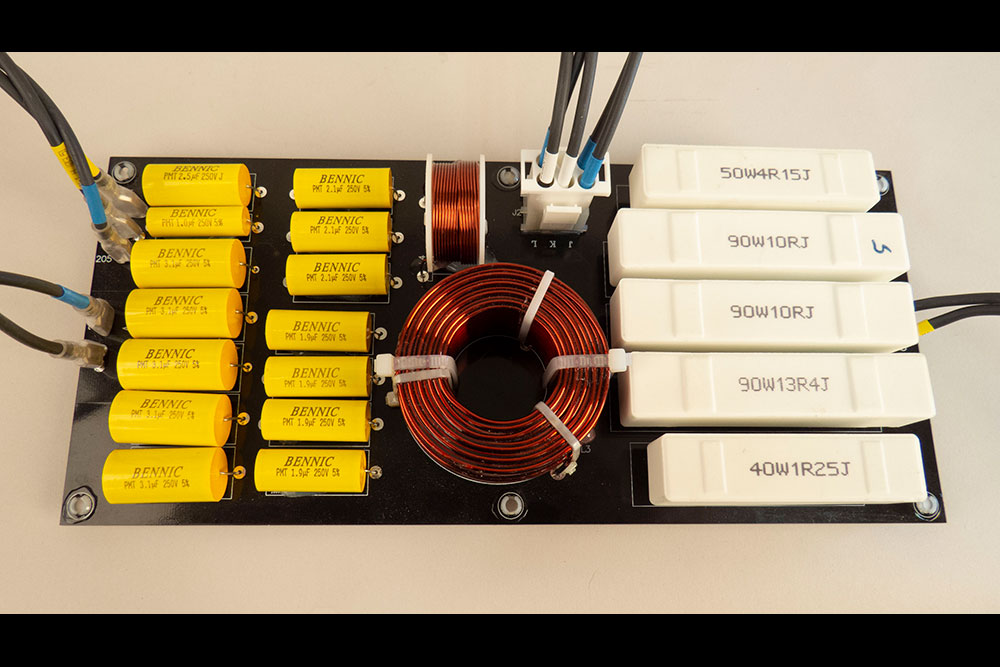I can't say much about that. As a hobby designer of loudspeakers, I always leave the crossovers outside the cabinet in my own projects. I have never noticed that capacitors have heated up significantly.
I had driven large 3-way floorstanding loudspeakers with a 100µF electrolytic capacitor 100VDC in series in the midrange at such high sound pressure that the hot glue with which the 20W sandcast resistors of the voltage divider were attached, were carbonized.
The electrolytic capacitors were completely inconspicuous. So, in my experience, the heating of capacitors in crossovers should not play a major role. The review of passive loudspeakers, which perform compression testing, also show no abnormalities -
see for example here performed by Erin.
If anyone has any doubts about this, they should take the trouble to check the capacitors in a crossover with an IR thermometer.
Do you have a link to a single study of problematic temperature increases of capacitors in crossovers?
Would recommend (as has also been said) to at least buy a cheap meter that can measure the capacitance of the old and new capacitors. If you are not afraid of the effort, you can measure crossover components for a few dollars with the
free version of Arta (part called Limp), if used correctly.
Or at least make simple frequency response measurements** with REW before and after the swap to see the difference from old to new, but also to capture the difference between left and right speaker.
** Once in the near field of the affected driver and once gated measurements in 1m or more of the whole speaker.
In the VCAS program used to display the measurements, there is a bug if the measurements start with 0V. I found out the reason only recently, therefore the scaling is always in the text with the measurements.
I have already exchanged a few graphics, and gradually more graphics will be exchanged. The results will not change, only the scaling shown in the graphics will be the same as in the text.

